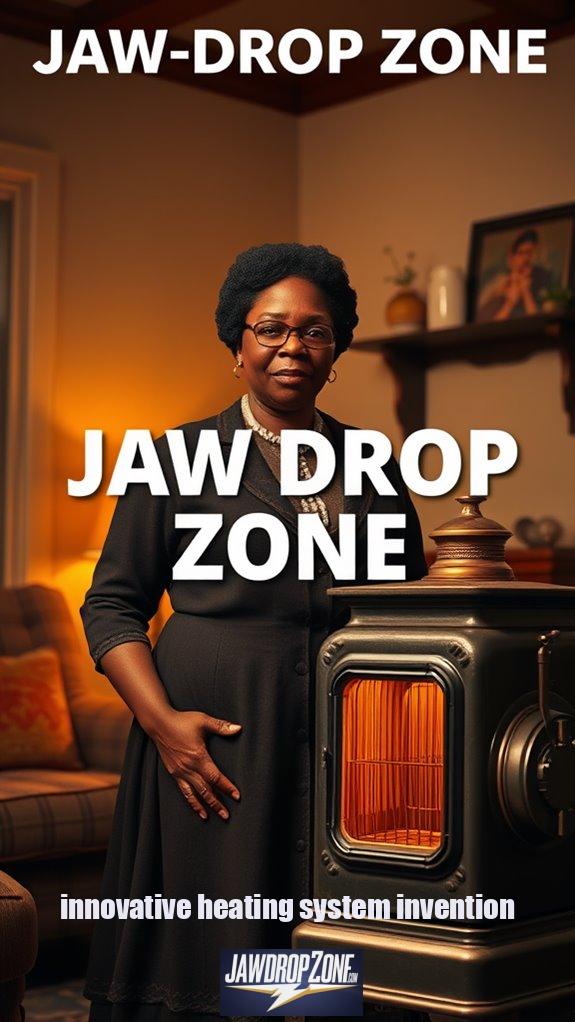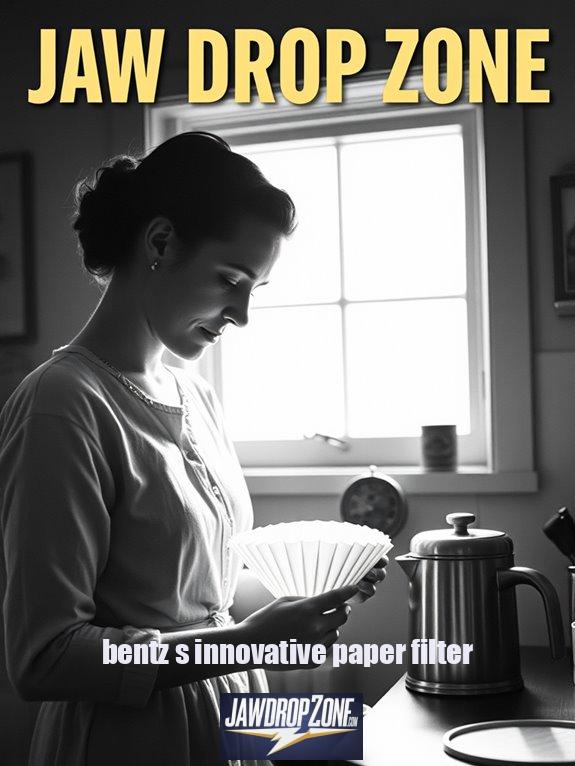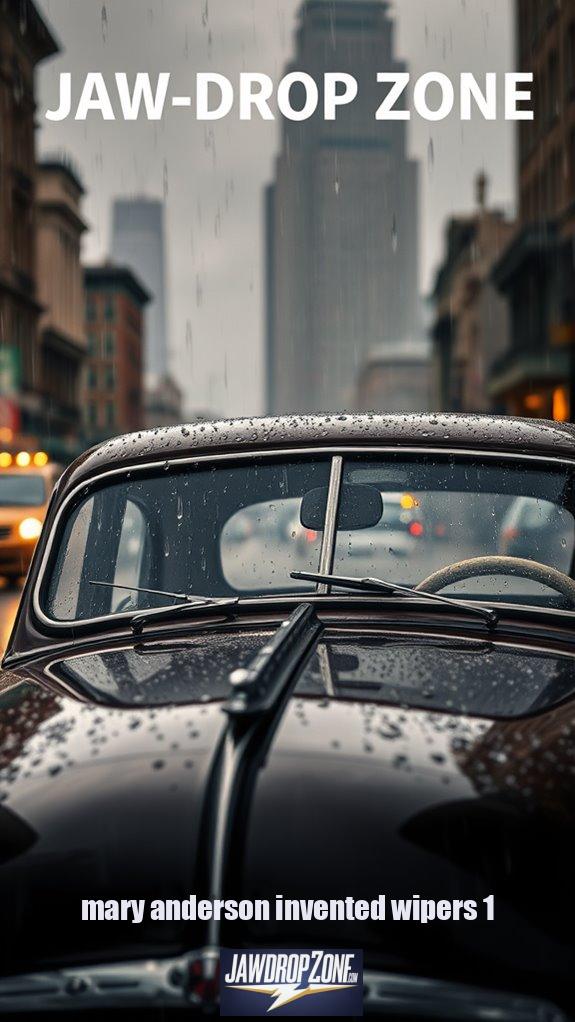Did you know that in 1919, a brilliant Black woman named Alice H. Parker changed the way we heat our homes forever? She created a natural gas-powered furnace that replaced dangerous wood stoves and coal fires. Envision cozying up to warmth instead of risking health hazards! Parker's ducts and zone heating laid the groundwork for modern HVAC systems, proving that innovation knows no gender. What else could this genius have up her sleeve? Stick around to uncover more!
Quick Takeaways
- Alice H. Parker invented a natural gas-powered furnace in 1919, enhancing home heating safety and efficiency.
- Her design included ducts for even heat distribution and independently controlled burners for zone heating.
- Parker's innovation reduced reliance on hazardous heating methods, significantly improving household safety and comfort.
- Despite facing societal barriers, her contributions laid the groundwork for modern HVAC systems still in use today.
- Recognition of Parker's work highlights the importance of acknowledging women's historical contributions to technology and innovation.
A Pioneering Change in Home Heating

In a world where homes were once heated by the crackling of wood stoves and the choking clouds of coal smoke, can you visualize the sheer audacity it took for a Black woman in 1919 to revolutionize home heating?
Consider this: fires raging in fireplaces, families huddled together, and coughing fits from coal dust. Sounds cozy, right? But not really. The dangers lurking in those homes demanded change.
The allure of cozy fires masked the undeniable dangers, highlighting a desperate need for change in home heating.
Envision a society where the majority barely acknowledged the brilliance of women, particularly Black women. The barriers were huge, yet that didn't stop pioneers like her. With technological advancements bubbling beneath the surface, natural gas was offering a cleaner alternative that made folks rethink their ways. Female mystics throughout history have often been overlooked, yet their contributions share a common thread with innovators like Parker who dared to envision a better future.
It wasn't just about comfort. It was about safety, efficiency, and a future free from the toxic pitfalls of the past. Alice H. Parker's invention paved the way for modern heating systems that ensure comfortable living spaces.
And let's talk about patents—these weren't just fancy legal documents. They were lifelines! Securing a patent for such breakthrough ideas was essential in protecting them, much like how I safeguard my own inventions here at Jaw Drop Zone.
You see, I believe in giving voice to the innovators overlooked by time.
The 1919 invention was a turning point! It didn't just promise warmth; it ushered in economic benefits too. Families could save on heating costs while enjoying a safer living environment.
Can you visualize the sighs of relief sweeping through households as they embraced this newfound efficiency?
Now, don't forget the social framework! Despite her groundbreaking work, society still placed significant barriers on women, especially those of color.
Yet even in the face of adversity, change was happening; every improvement in home heating mirrored a step toward progress.
Alice Parker's Innovative Heating Design

Envision this: it's 1919, and a genius named Alice Parker emerges from the shadows of history with an invention that would forever alter the way we think about home heating.
What if I told you she created a natural gas-powered furnace? That's right! No more fumbling with wood or coal!
Her design used ducts for even warmth, and independently controlled burners for zone heating—talk about taking control, right?
This innovation improved safety, reducing the chaos of open fires.
Alice's brilliance paved the way for modern HVAC systems. We owe her a nod next time we adjust our thermostats! Isn't that astounding?
References
- https://lemelson.mit.edu/resources/alice-h-parker
- https://www.blackenterprise.com/10-patents-created-by-black-women-inventors/
- https://www.blackenterprise.com/black-woman-created-central-heating-system/
- https://www.xonecole.com/black-women-who-invented-things/
- https://shelter-air.com/alice-parker-central-heating-innovation/02/21/2024/
- https://en.wikipedia.org/wiki/Alice_H._Parker
- https://www.blackpast.org/african-american-history/parker-alice-h-1895/
- https://bridgesuu.org/day-4-alice-h-parker-innovating-home-heating/
- https://www.becauseofthemwecan.com/blogs/culture/here-s-why-you-should-know-alice-parker-the-visionary-black-woman-behind-the-central-heating-system






